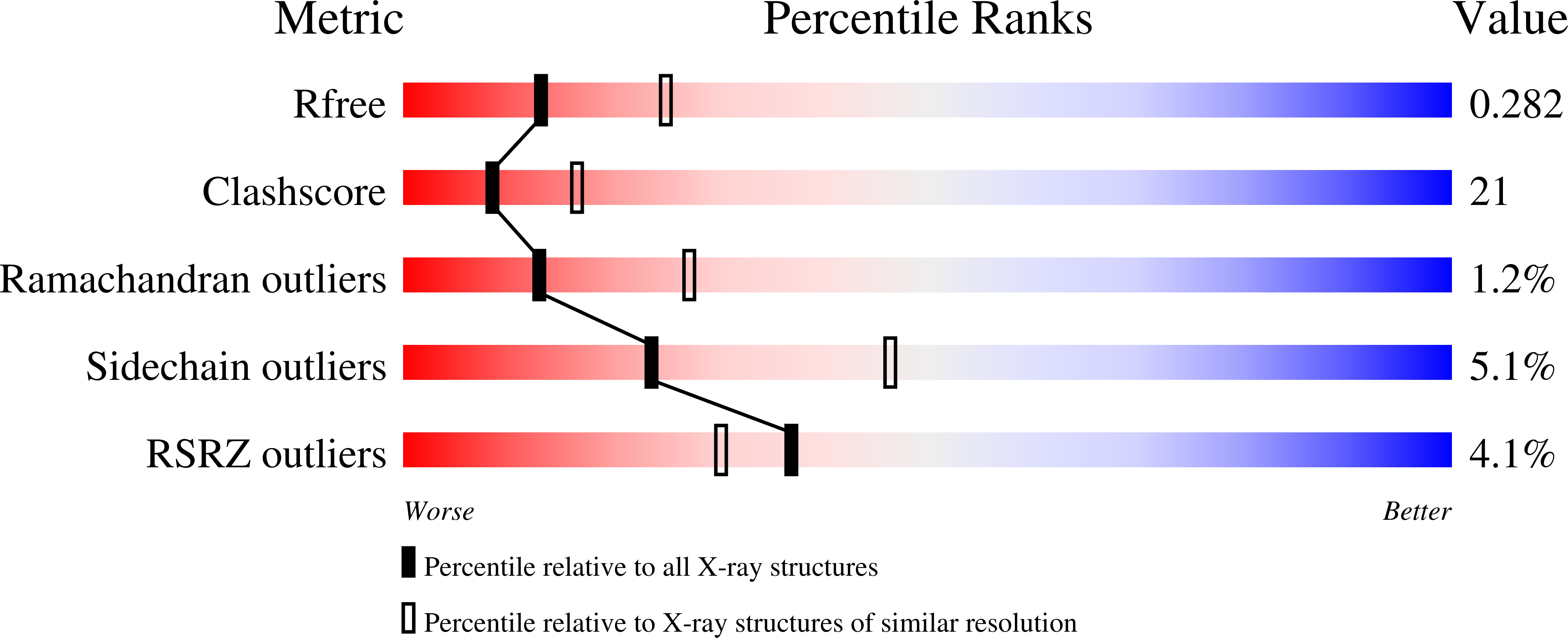
Deposition Date
2008-11-13
Release Date
2009-01-13
Last Version Date
2024-10-30
Method Details:
Experimental Method:
Resolution:
2.60 Å
R-Value Free:
0.28
R-Value Work:
0.24
R-Value Observed:
0.24
Space Group:
P 1 21 1


